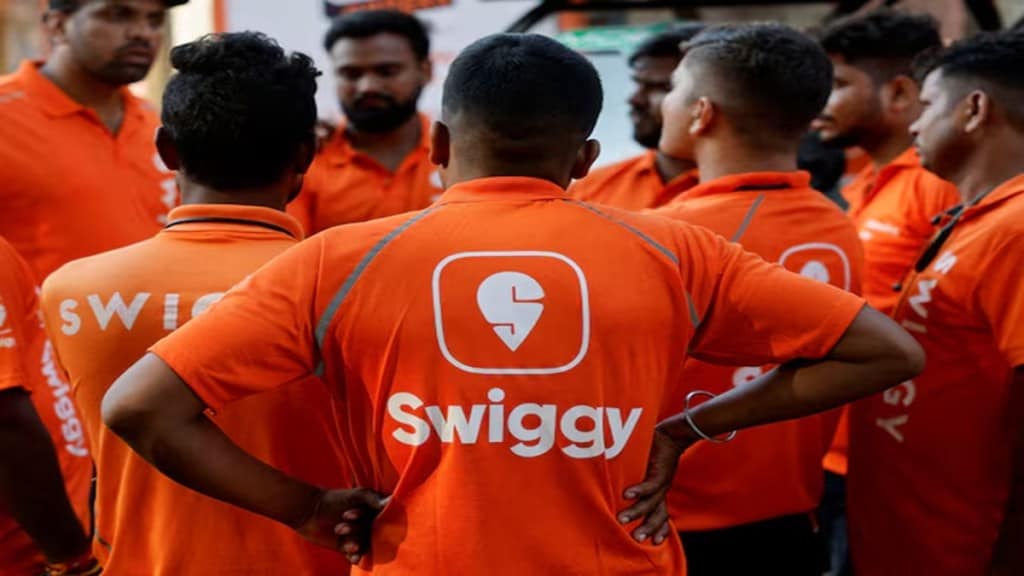As growth in the food delivery sector slows, Swiggy is placing a high-stakes bet on its 10-minute food delivery service, Bolt, in hopes of revitalising user engagement and addressing growing financial losses. In its January-March quarter earnings, the company reported a 45% year-on-year increase in revenue to Rs 4,410 crore, but also a sharp rise in losses at Rs 1,081 crore.
Swiggy’s core food delivery business has shown signs of stagnation. Adjusted revenue grew just 0.3% sequentially to Rs 1,867 crore, even as year-on-year growth stood at 19%. Swiggy CEO Sriharsha Majety acknowledged this maturing trend in a letter to shareholders. “Food delivery is a relatively mature category…sustained growth from hereon will be led by innovation towards bringing new consumers into the ecosystem and new meals into food delivery carts,” he said.
To that end, Swiggy is pushing Bolt as a market differentiator. The service, currently live in over 500 cities, already accounts for more than 12% of Swiggy’s food delivery orders. “New users acquired through Bolt have shown 4-6% higher monthly retention than the platform average,” Majety said, framing Bolt as a key lever to expand market share and deepen engagement.
The company’s bullishness on Bolt stands in contrast to rival Zomato, which shut down its own 10-minute food delivery initiative, Zomato Quick, earlier this month. “We are actually shutting down both these initiatives… as we are not seeing the path to profitability in these without compromising on customer experience,” Zomato CEO Deepinder Goyal said, citing poor infrastructure and erratic demand as critical challenges.
Swiggy, however, remains optimistic. “Bolt has grown at a faster clip and its average order value is within the range of the platform,” company executives said on an analyst call, highlighting the potential for scale. Bolt’s business model includes three key order types: current deliveries already within the 10-minute window, users opting for the fast option, and new use-cases or customer segments. According to Swiggy, “Whenever deliveries are faster, people tend to convert more”.
Yet, the bigger concern lies in Swiggy’s performance in quick commerce. Its grocery delivery arm Instamart continues to burn cash, with contribution margins worsening from -1.9% in September 2024 to -5.6% by March 2025. Despite opening over 300 dark stores in the March quarter alone, more than the cumulative number over the past two years, utilisation has lagged behind.
Swiggy blamed the margin slide on low store maturity and elevated customer incentives. “With 498 new stores added over FY25… nearly half of our dark stores are less than a year old,” the company said, adding that average order values also fell slightly to Rs 527 in Q4.
Analysts remain sceptical. “It is very early to say anything right now,” said an e-commerce analyst. “Bolt is just 10-12% of Swiggy’s overall food orders. The 500-plus cities claim sounds impressive, but they were in 400 cities just last quarter,” analysts said.
Swiggy hopes Bolt’s focus on hyper-local delivery, capped within a 2 km radius, and curated menus will eventually improve margins. But the challenge it faces is in balancing speed with profitability. “The idea of getting a biryani in 10 minutes is tempting,” one cloud kitchen operator observed, “but logistics, not marketing, will decide the winner,” the operator added.

